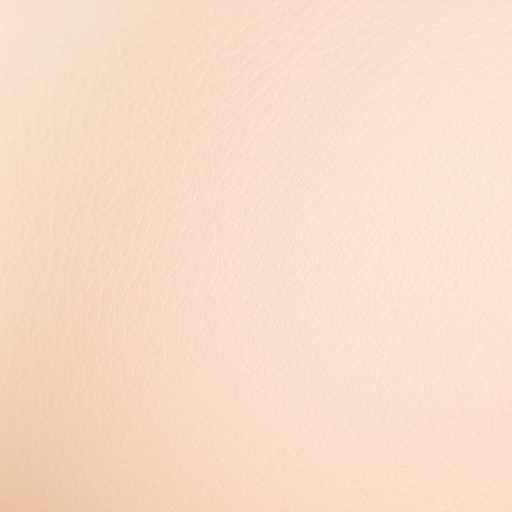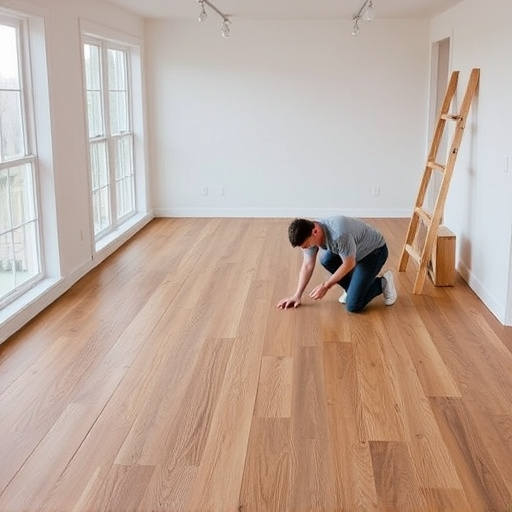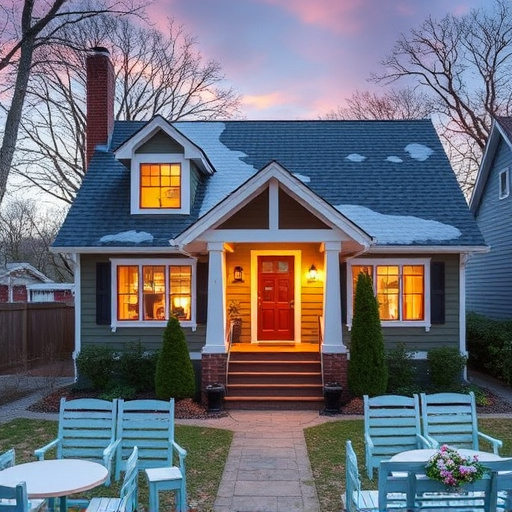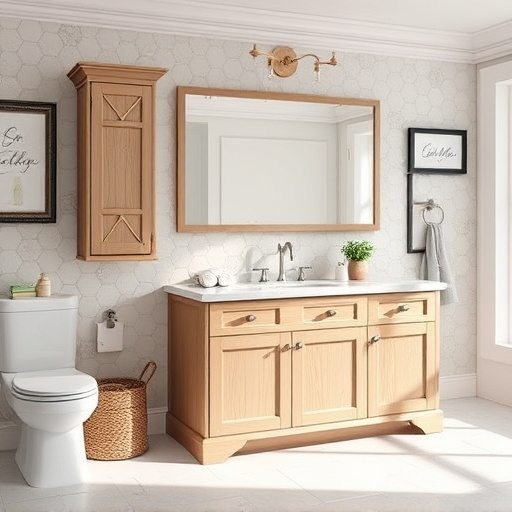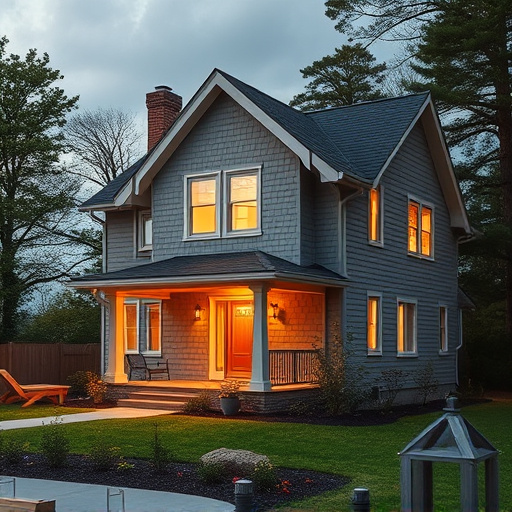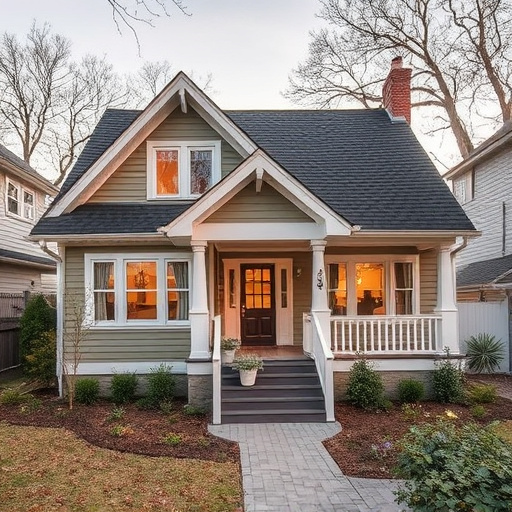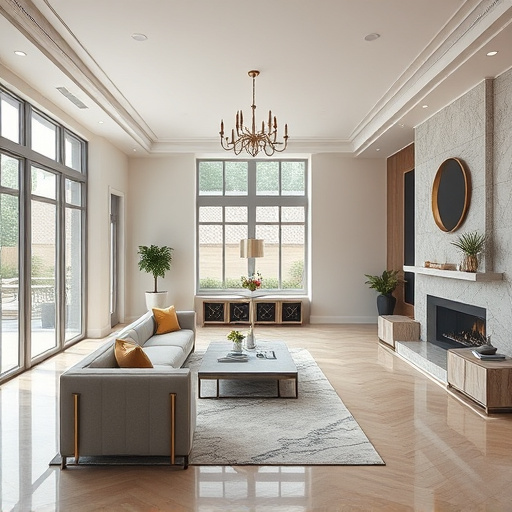Custom flooring is a powerful tool for both homeowners and interior designers to define and elevate interior spaces. Through unique patterns, textures, colors, and materials, it creates ambiance and reflects personal style, from spa-like bathrooms to modern minimalist or rustic spaces. Custom renovations consider traffic patterns, room function, and lifestyle, offering both stunning and durable solutions. Its impact extends to psychological perception, guiding the eye, creating visual interest, and influencing navigation in a space, ultimately enriching the home experience.
Custom flooring transforms interior design from mundane to mesmerizing. Its unique patterns and textures don’t just cover floors; they become a focal point, shaping space perception and evoking emotion. This article explores how custom flooring enhances artistic interior design. We’ll delve into material choices, from wood to vinyl, their benefits and limitations, and provide practical tips for integrating this creative element into your space. Discover the latest trends in geometric patterns, abstract art, and natural motifs, and learn how to combine custom flooring with other design elements for a harmonious aesthetic.
- The Impact of Custom Flooring on Interior Aesthetic
- – Discussion on how custom flooring can be a focal point in interior design.
- – Exploring the psychological effects of unique floor patterns and textures on space perception.
The Impact of Custom Flooring on Interior Aesthetic
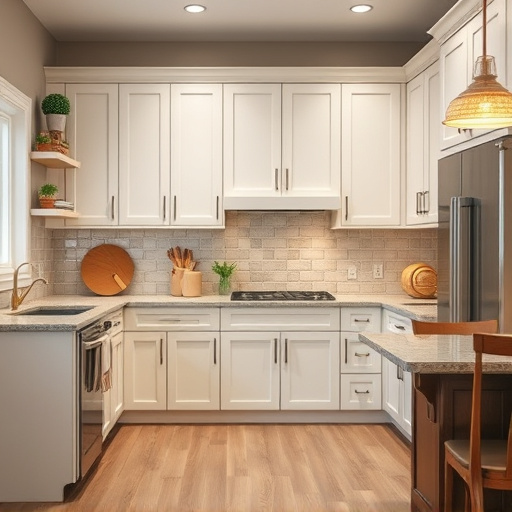
Custom flooring plays a pivotal role in shaping the interior aesthetic of any space, be it a whole house remodel or residential renovation. It’s more than just a functional element; it’s an artistic statement that ties together the style and personality of a room. The impact begins with texture and pattern—from smooth marble to rugged wood planks—each choice contributing to the overall ambiance. In a bathroom remodel, for instance, custom flooring can transform a plain space into a spa-like oasis with intricate tile designs or bold, contrasting patterns.
Moreover, custom flooring offers versatility in color and material, allowing designers to complement or contrast existing decor. Whether aiming for a modern, minimalist look or a cozy, rustic feel, carefully selected floors can enhance the visual appeal significantly. In residential renovations, this element is particularly powerful as it provides an opportunity to make a bold statement that reflects the homeowner’s taste and lifestyle, creating a space that feels both unique and inviting.
– Discussion on how custom flooring can be a focal point in interior design.
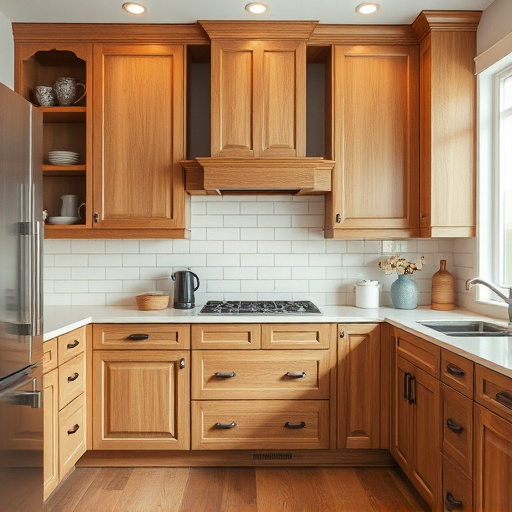
Custom flooring acts as a powerful canvas for interior designers, transforming any space into a captivating artistic masterpiece. It serves as a focal point that anchors and defines the overall aesthetic of a room. With custom flooring, designers can achieve unique visual effects by selecting materials, colors, patterns, and textures that complement or contrast with existing decor. This personalized approach allows for a strong statement piece that becomes the envy of any homeowner or visitor.
In the realm of home renovation, customized work on flooring is not just about aesthetics; it’s also about functionality. Customized home renovations consider traffic patterns, room purpose, and individual lifestyles to craft flooring solutions that are both visually stunning and durable. From luxurious hardwoods to intricate tile designs, these personalized touches elevate the ordinary into the extraordinary, ensuring your space stands out as a true reflection of your style and personality.
– Exploring the psychological effects of unique floor patterns and textures on space perception.
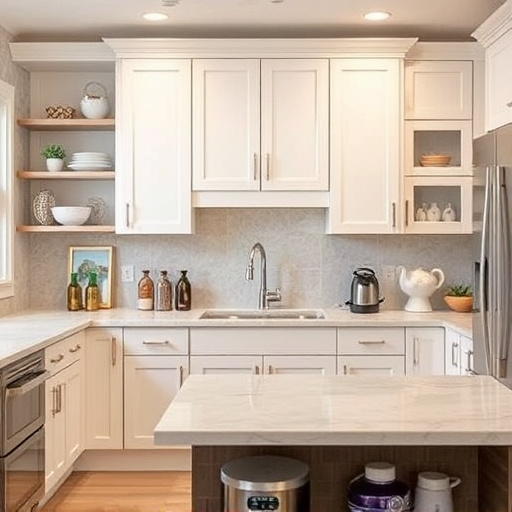
Unique floor patterns and textures in custom flooring can significantly influence how we perceive a space. Studies have shown that these elements can alter our psychological state and interpretation of interior design. For instance, intricate geometric patterns can create a sense of depth and sophistication, making a room feel more expansive and refined. Conversely, soft, organic textures like wood graining or natural stone can evoke warmth and comfort, making smaller spaces appear cozier and more inviting.
In the context of multiple room remodel projects or home additions, custom flooring plays a pivotal role in creating a cohesive design narrative throughout. By integrating floor patterns that complement existing décor while accentuating key areas, designers can guide the eye and create visual interest. This strategic approach not only enhances aesthetic appeal but also impacts how occupants navigate and interact with different spaces, ultimately enriching their overall experience within the home.
Custom flooring acts as a versatile artistic medium, transforming ordinary spaces into captivating interiors. By incorporating unique patterns and textures, it becomes a focal point that engages the senses and shapes our perception of a room. The psychological impact of custom flooring can enhance or soften ambiance, creating a sense of warmth or drama. In today’s market, where interior design seeks to blend functionality with aesthetics, custom flooring stands out as a game-changer, offering both style and substance.





